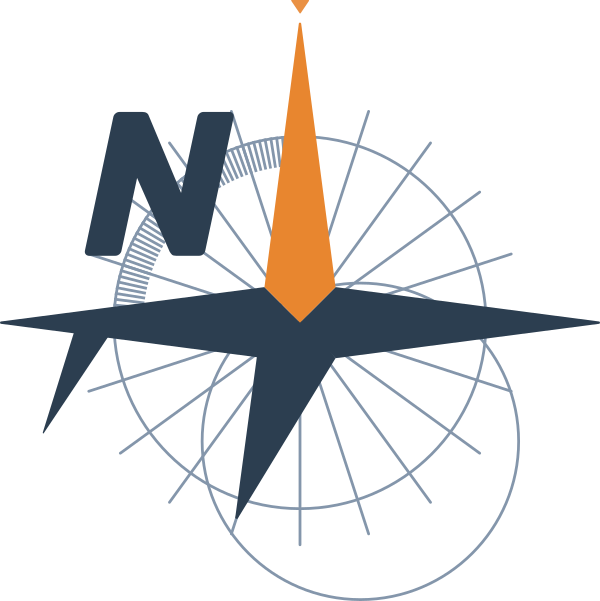Welcome!
We are excited to introduce you to the AI & Machine Learning: From Scratch to Advanced Models course, where you will go from understanding the fundamentals of AI to building and applying cutting-edge neural network architectures.
This course is hands-on and practical, ensuring that you not only grasp the concepts but also apply them in real-world scenarios. While many of our examples are from naval and ocean engineering, the principles and techniques are universal and relevant to any engineering or technical field. Plus, in the final project, you’ll have the opportunity to work on a dataset of your choice, making the learning experience truly personalized.
We’ll start by defining AI (Artificial Intelligence), Machine Learning, and Deep Learning, breaking down why these technologies are transforming industries and how they are shaping the future.
We’ll explore why machine learning works mathematically and the different types of learning: supervised, unsupervised, and reinforcement learning.
Once we have a strong foundation, we’ll move into key topics such as datasets, features and labels, model training, validation and testing, the machine learning pipeline, overfitting and underfitting, evaluation metrics, hyperparameter tuning and optimization, and model deployment. We’ll work through core machine learning algorithms like Linear and Logistic Regression, Decision trees and Random Forest, K-Nearest Neighbors, and Support Vector Machines.
Once the fundamentals are clear, we’ll dive into Deep Learning, breaking down how neural networks function, training using gradient descent, backpropagation and autodifferentiation, and how to interpret what a neural network learns.
To solidify your understanding, you’ll implement a neural network from scratch, predicting ship resistance based on hydrodynamic data using only NumPy and Pandas.
Handling data correctly is essential for training powerful models. We’ll teach you data types, collection methods, and pre-processing: cleaning, normalization and feature engineering, and exploratory data analysis techniques.
Then, we’ll transition to PyTorch, a widely used machine learning framework, and go through the entire machine learning pipeline from data preparation and model training to evaluation and optimization.
A great model is not just about building, it’s about fine-tuning for performance. We’ll cover evaluation metrics for classification and regression problems, handling overfitting and underfitting, and hyperparameter tuning techniques.
We won’t stop at basic neural networks: you’ll also explore convolutional neural networks for image processing, recurrent neural networks for sequential data analysis, and the latest trends and ethical considerations in AI and machine learning.
By the end, you will take on a capstone project where you can choose from a variety of datasets or work with the ShipD dataset from MIT to analyze 30,000 ship hull geometries and their wave resistance.
By the end of this course, you will have a deep understanding of how machine learning models work, be able to build, train, and evaluate your own AI models, have a working machine learning pipeline using real-world data, and be prepared to explore more advanced AI topics.
Whether you are an engineer, scientist, or AI enthusiast, this course will equip you with the skills to explore the immense ocean of possibilities that AI is unlocking.
Join us, and let’s shape the future together!

